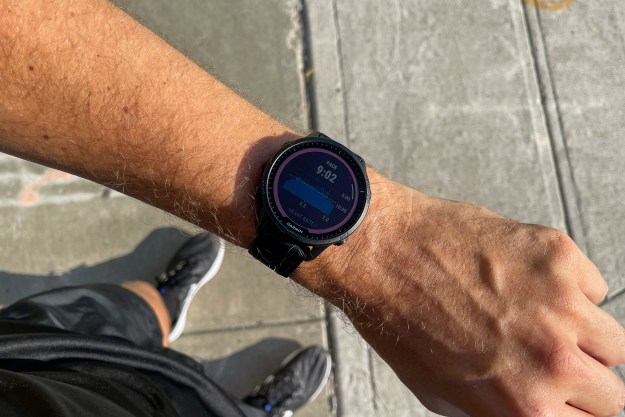Carbon emissions are one of the big concerns impacting climate change, with projects from the development of carbon dioxide-scrubbing plants to businesses pledging to offset their carbon emissions being suggested as ways to reduce our carbon footprint. Now scientists from South Korea have come up with a breakthrough concept which can turn carbon emissions into usable energy.
Scientists from the Ulsan National Institute of Science and Technology (UNIST) developed a system which can continuously produce electrical energy and hydrogen by dissolving carbon dioxide in an aqueous solution. The inspiration came from the fact that much of the carbon dioxide produced by humans is absorbed by the oceans, where it raises the level of acidity in the water. Researchers used this concept to “melt” carbon dioxide in water in order to induce an electrochemical reaction. When acidity rises, the number of protons increases, and these protons attract electrons at a high rate. This can be used to create a battery system where electricity is produced by removing carbon dioxide.

The elements of the battery system are similar to a fuel cell, and include a cathode (sodium metal), a separator (NASICON), and an anode (catalyst). In this case, the catalysts are contained in the water and are connected to the cathode through a lead wire. The reaction begins when carbon dioxide is injected into the water and begins to break down into electricity and hydrogen. Not only is the electricity generated obviously useful, but the produced hydrogen could be used to fuel vehicles as well. The current efficiency of the system is up to 50 percent of the carbon dioxide being converted, which is impressive, although the system only operates on a small scale.
“Carbon capture, utilization, and sequestration (CCUS) technologies have recently received a great deal of attention for providing a pathway in dealing with global climate change,” Professor Guntae Kim of the School of Energy and Chemical Engineering at UNIST said in a statement. “The key to that technology is the easy conversion of chemically stable CO2 molecules to other materials. Our new system has solved this problem with [the] CO2 dissolution mechanism.”




